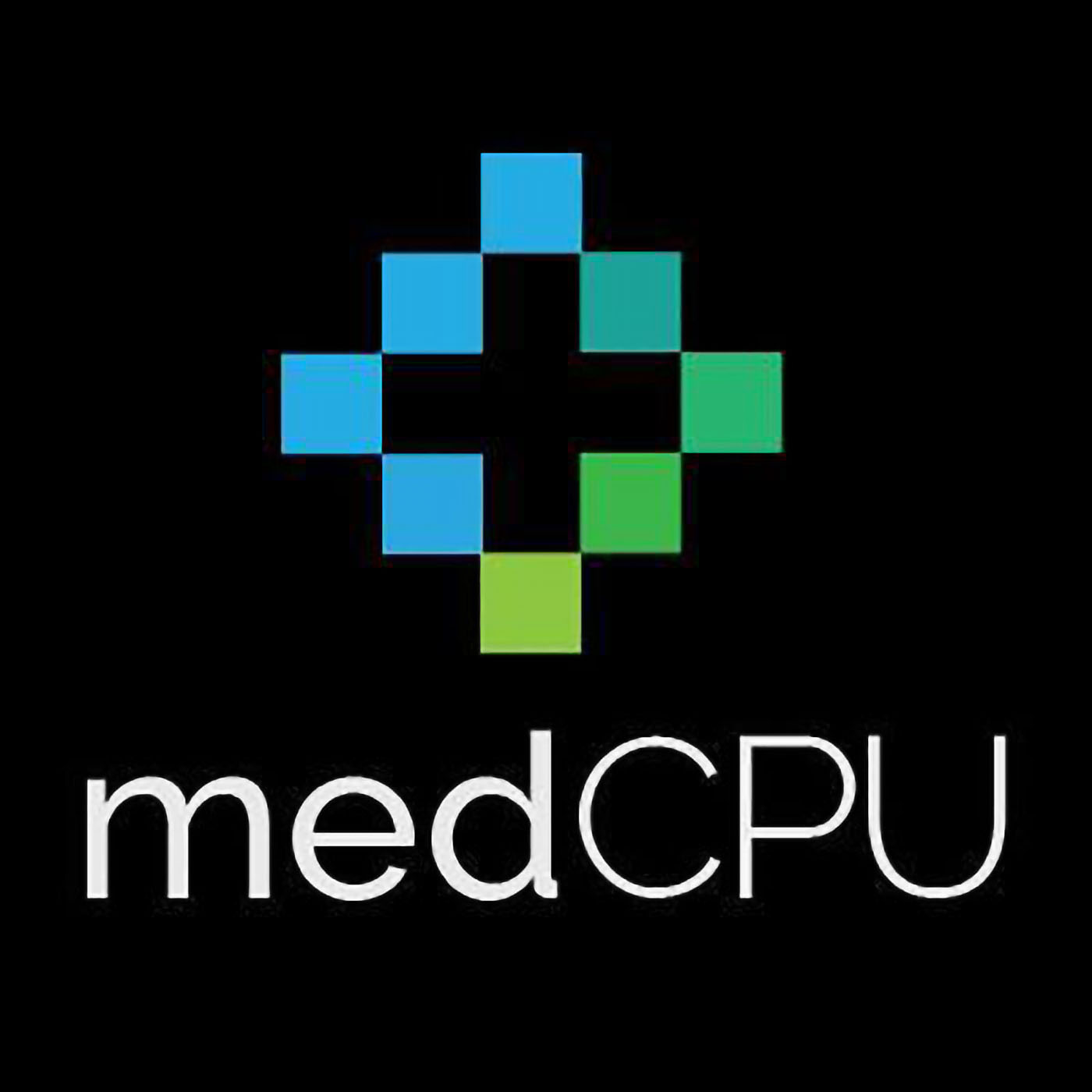The world of business is becoming increasingly fast-paced. The most prompt firms are often the most richly rewarded, especially regarding tech, where innovation is everything.
As businesses become increasingly dependent on software, the appetite for these systems is stronger than ever. Whether you’re developing programs for internal use or creating programmable products for customers, your scheduling can determine the success of it all. Improvements to processes can be a hair too late, while competitors could potentially pip you to the post if you’re aiming to bring something to market.
Fast-tracking the software development process is viable if the effort is overseen properly. Oversights and mistakes can be costly. Here is some guidance to help you safely fast-track the software development process.
Set Realistic Goals
Software development projects can demand varying lengths of time. It’s all relative to the tasks being undertaken.
It’s agreed that there are seven phases during the software development lifecycle. They include:
- Planning
- Analysis
- Design
- Development
- Testing
- Implementation
- Maintenance
Each phase can demand a varying degree of time and attention as well. While you’re no doubt aware of the order of things, it’s still important to maintain a sense of rationale perspective throughout the development lifecycle. The more complex a goal is, the more of a challenge coders will have in getting everything running.
Try to set reasonable expectations for the software development process. While fast-tracking is still viable, that doesn’t mean these projects should be rushed out, either. If you must speed things up, do so sustainably and adhere to a plan that software teams have contributed to and approved.

Automate Application Testing
Testing is an important part of software development. It’s listed in the previous heading as step number 5.
Firms like ForAllSecure can help your company automate application testing entirely. They do this through Mayhem, their award-winning AI that takes the guesswork out of untested code. It tests continuously, and the more it learns, the more it maximizes and deepens code coverage. Meanwhile, your software developers are free to develop tools and features within the software and harness their creativity without distraction.
Testing should be rigorously and routinely carried out. Because of the trial-and-error nature of innovative software development, repeated manual checks can take time away from the more creative side of your tech endeavors. Testing is still important, but it’s possible to reshuffle things so that your workers don’t get distracted or develop tunnel vision around testing.
A focused team is a productive team. That said, software developers who enjoy their roles and feel stimulated are more likely to be proactive too. Deep defects can be discovered by siphoning off the tedious busy work to artificial intelligence and automation, and the software developers get to have all the fun. They’ll be far more proactive for these efforts.
Streamline Communication
Of course, while tech can partially create more tech, the human element is vital to the software development process. If team members aren’t clicking, it will undoubtedly hamper the project.
Prioritize communication. Ensure your employees have the latest communication software to immediately bring matters to each other’s attention. Scale back non-essential meetings that don’t add value to the software development process. Report to your clients and stakeholders and gain their feedback; such insights may spur productivity in the right direction.
Communication can improve by keeping your software development team on the smaller side. Some firms will resort to mass-hiring developers and outsourcing to multiple agencies when trying to hasten a project. It can lead to a disjointed development of software, an effort that will soon lack cohesion and coordination. Create concentrated teams of existing top talent that can communicate with each other in an instant rather than create delays.
If inexperienced software development team members are on the project, encourage the senior staff to mentor them throughout. It will bring them up to speed faster.
Avoid Excessive Overtime
Some software development heads enforce overtime in the hope that the extra hours will lead to faster project completion times. These plans never pan out.
A good example of how these plans backfire can be found in the video game industry. For many years there have been warnings about how crunch culture can devastate the well-being of workers in the industry. Not all of these studios take these lectures on board and enforce these policies so that their employees must develop their software-based games in the evenings and on weekends.
Excessive overtime may technically fast-track the software development process, but it’s undoubtedly the wrong way to go about it. Exhausted and demoralized workers will certainly turn into a flawed product. Moreover, these software developers will abandon the business immediately if they find a better opportunity elsewhere, further destabilizing the software development process.
Part of these problems calls back to setting realistic expectations. You can only hurry things along so much, so try not to ask too much of your software developers. Feedback with them regularly about their working conditions, and enquire about how you might improve things. Otherwise, you risk compromising everything.

Eyal Ephrat serves as the co-founder and CEO of medCPU.com, where technology is making significant strides in the field of medicine. Through his experience in purchasing PC and laptop equipment and various other tech products, Eyal Ephrat contributes valuable insights to medCPU’s mission.
